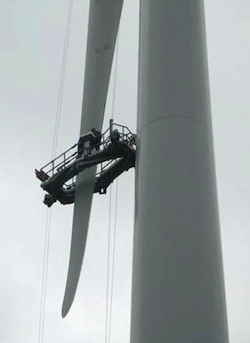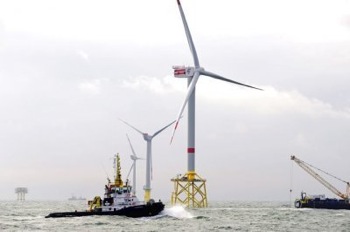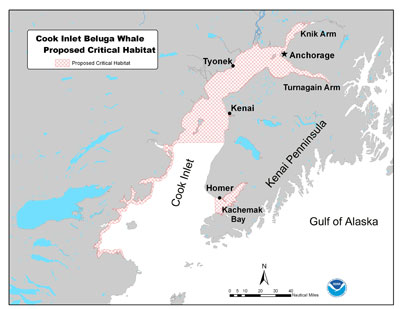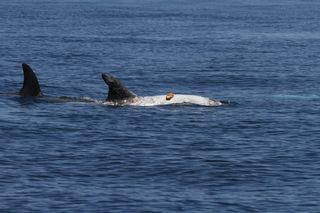The island community of Vinalhaven, Maine, remains embroiled in a contentious wind farm noise controversy nearly two years after three turbines began operating there. The nearby Camden Herald-Gazette recently provided a good, detailed overview of the latest rounds of the back-and-forth between nearby neighbors, the local electrical coop that buys the energy, and state regulators.

An escalating legal tussle has developed since the Fox Island Wind Neighbors paid for noise monitoring and submitted data to the state indicating that the turbines were at times exceeding their regulatory limit. The most recent salvo is a complaint filed in state court charging that state Department of Environmental Protection commissioners have overstepped their authority by over-ruling staff recommendations on how to deal with the violations. The neighbors charge that compliance recommendations were watered down, and, most recently, requirements that Fox Island Wind prove ongoing compliance were removed.
The complaint details the unfolding disagreements, beginning in April 2010, continuing through September 2010 when the state DEP officially reported that the turbines were out of compliance by a few decibels in some conditions. Since that time, the complaint charges that three successive DEP Commissioners have meddled in the compliance process, culminating most recently when, according to the petition, “Acting Commissioner Aho, over the objection of DEP professional staff, and in direct contradiction of the findings in the November determination of noncompliance letter, issued a compliance condition order.” The petitioners are asking the court to vacate Aho’s order and replace it with an order drafted by DEP staff, and to review the alleged instances of political intervention.
The article linked above contains extensive quotes from the complaint, as well as from Fox Island Wind, the local developer of the project.
Meanwhile, as part of ongoing efforts to seek innovative solutions short of curtailing operations, the local turbines are in the process of being modified by GE, their manufacturer. Crews are applying serrations to the trailing edge of the blades; this experimental technique is designed to improve air flow off the blades, thereby reducing noise output by 2-4dB. See this 2008 AEInews post about earlier research into such techniques.
Throughout the controversy, including in this article, Fox Island Wind has often returned to the idea that the ambient noise of wind in trees is a key factor in the higher recorded sound levels, while neighbors insist that the turbines are clearly heard through this ambient noise. In many ways, the Vinalhaven situation is a perfect example of one of the key, and often-overlooked, factors in wind farm noise debates: the regulatory limit is high enough that even when in compliance, turbines can be clearly the loudest thing in the local soundscape, triggering severe annoyance reactions and sleep disruption for nearby neighbors. While the legal sparring focuses on a 1-3dB violation of the operating standards (a difference in volume that is barely perceptible at best), the underlying fact is that even the allowed 45dB is too loud for many of those living within a half mile or so.








